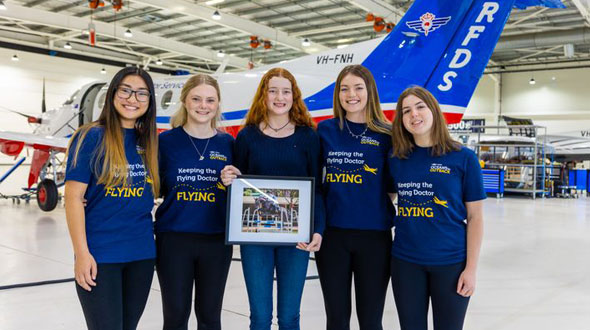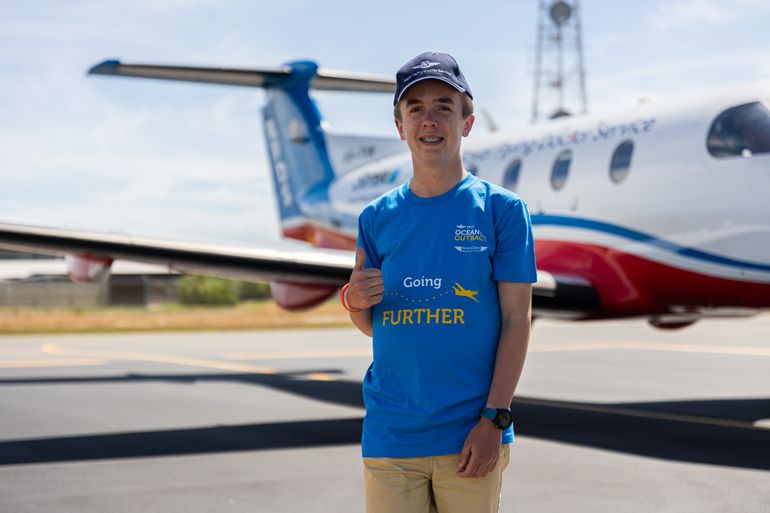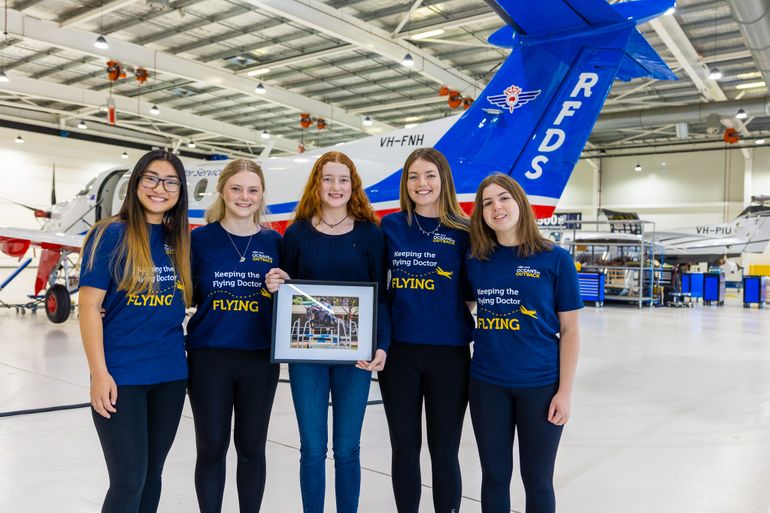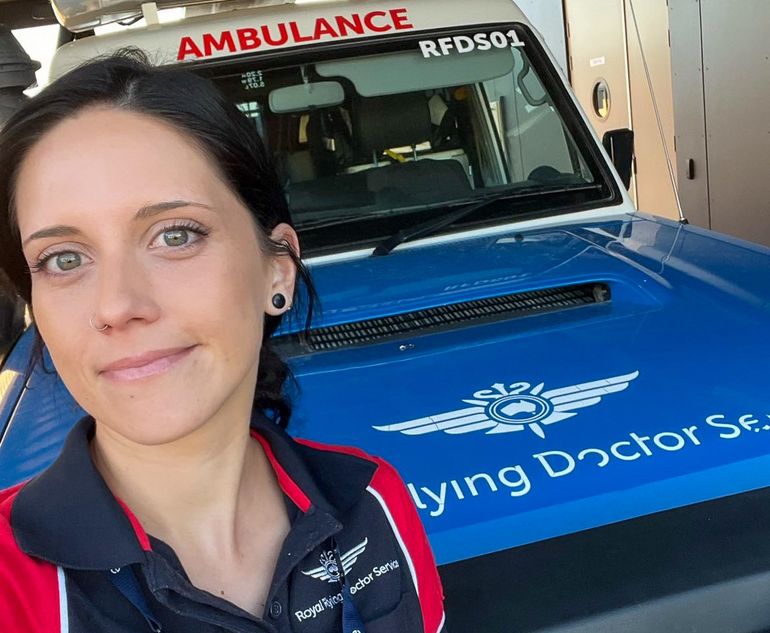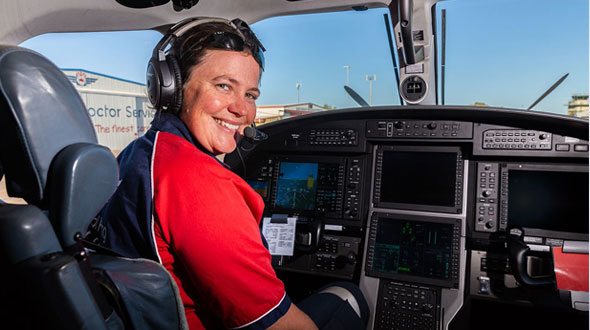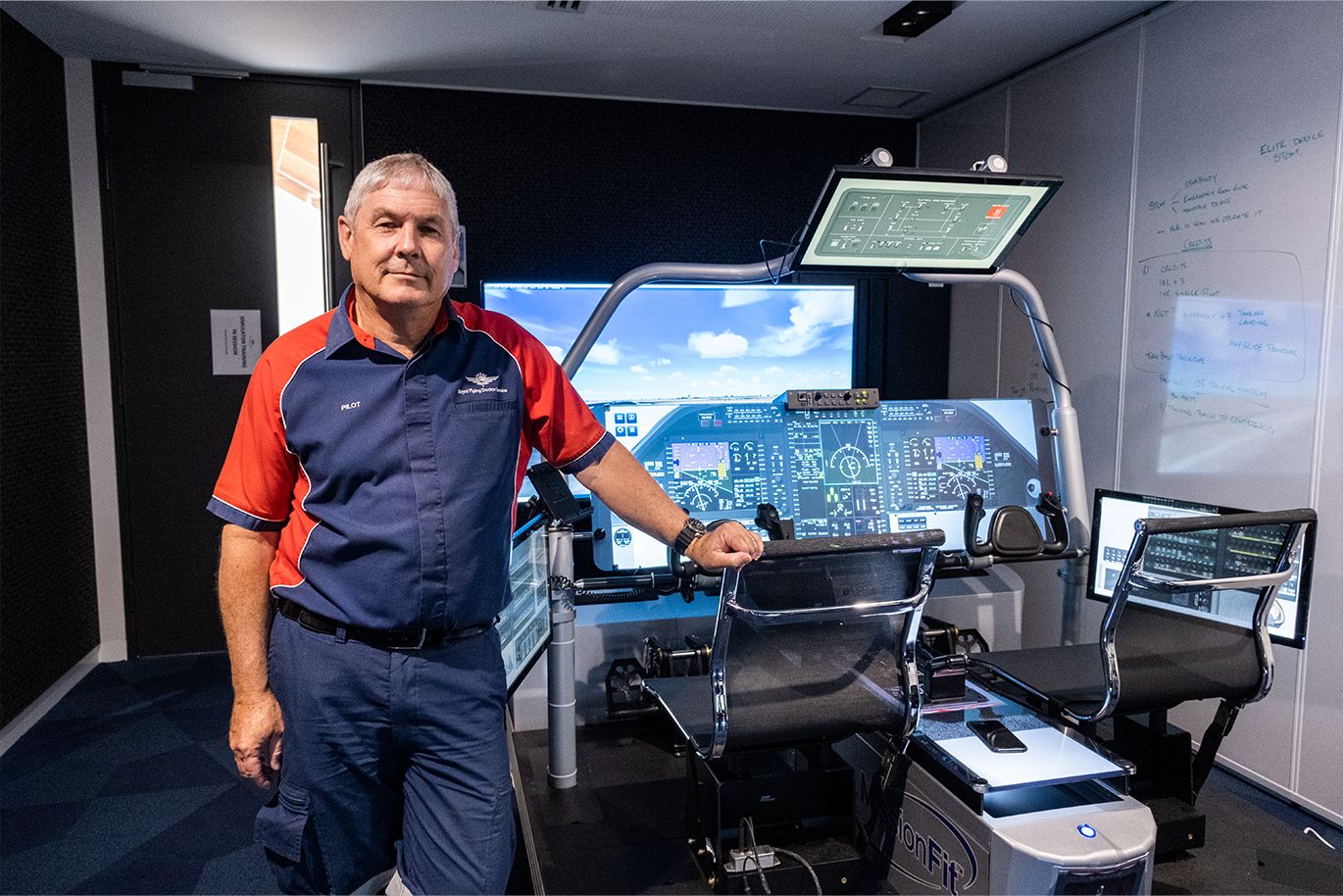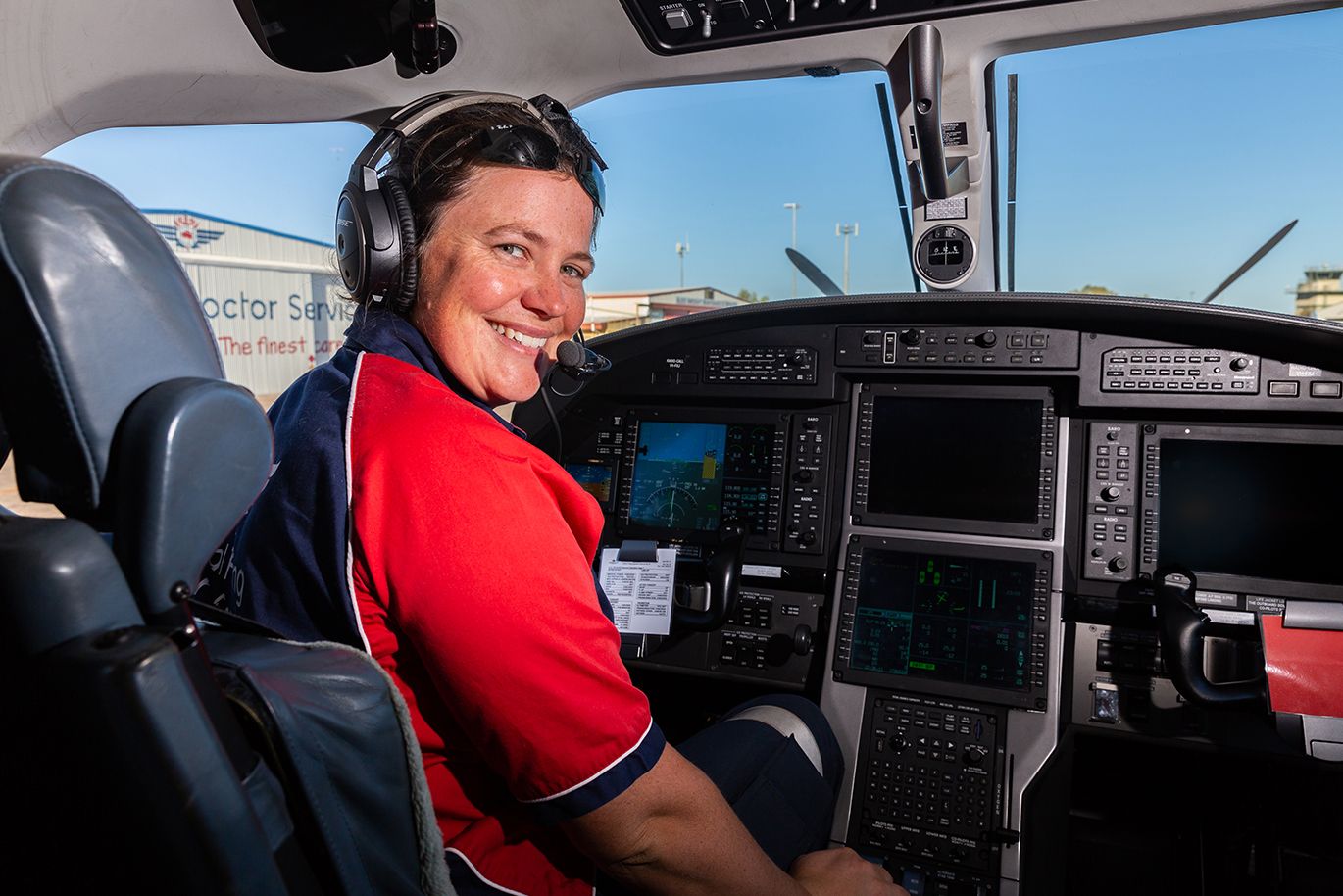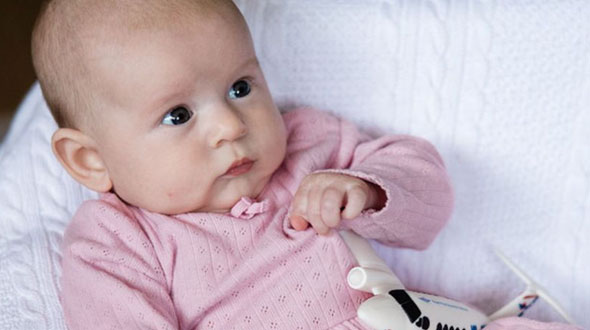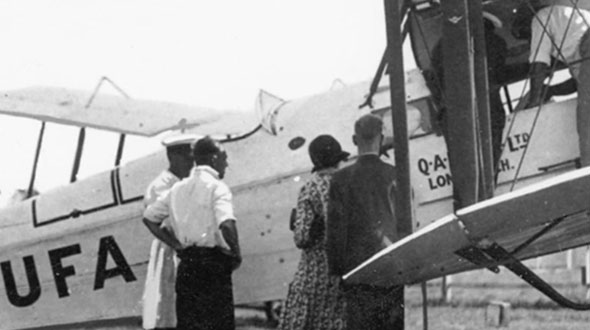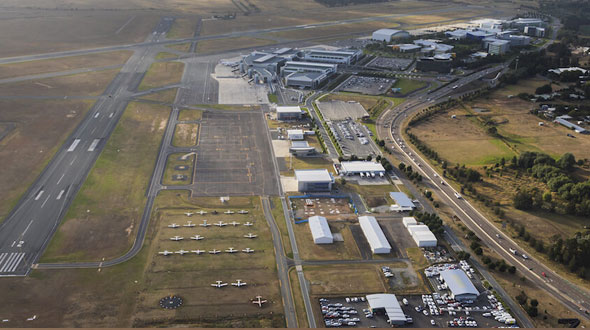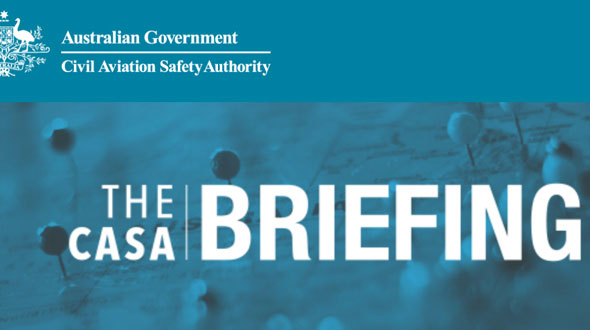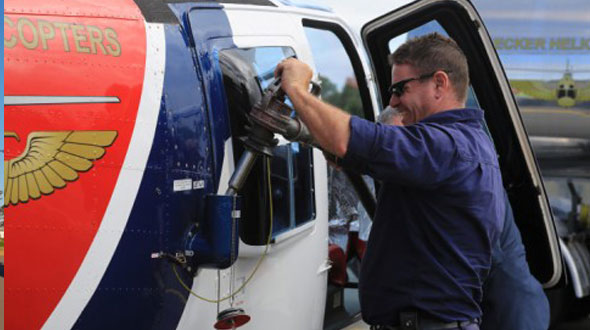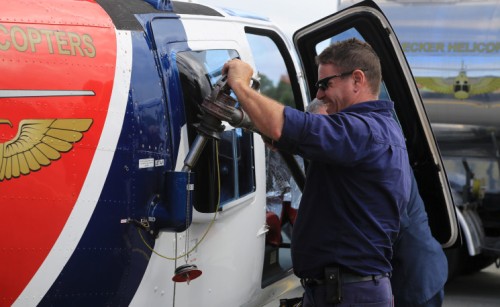Article supplied by CASA
Last month saw Bonza Australia’s second aircraft, named ‘Bazza’, touching down at its Sunshine Coast base. It joins ‘Shazza’ as part of the Bonza’s new fleet.
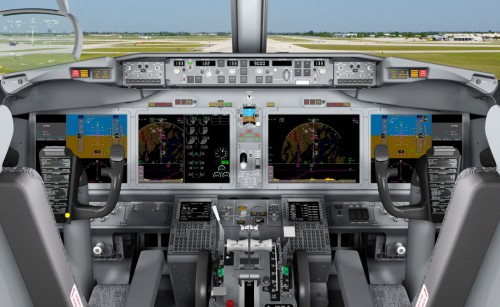
The arrival came as a specialised Civil Aviation Safety Authority (CASA) team continued to review processes and documents to ensure Bonza meets the required aviation safety standards to obtain an Air Operator’s Certificate (AOC) from CASA.
The process airlines go through to obtain a domestic AOC is complex and unique to each operator.
Factors include the size of the network, the number and type of aircraft involved as well as the level and maintenance of crew training.
While the CASA and Bonza teams work through the application process, here is some information about how CASA ensures that any new and existing operator flies safely in our skies.
Note that this information is general in nature. Any operators wishing to apply for an AOC should review our information for air operators.
How to get permission to fly
Operators conducting commercial operations in Australia must hold an AOC. This is a permission granted under the Civil Aviation Act. AOCs are issued for a specified period and initially for 1 year. An AOC will cover a specific commercial purpose, such as air transport operations.
The process
We treat the assessment of an AOC application as a project. We have a formal and structured method for managing all activities along with an agreed schedule and a definition of the roles and responsibilities of CASA staff.
The AOC certification process consists of 4 phases.
Phase 1: enquiry
This is where we help the applicant understand the process and requirements to make an application for an AOC There may be a number of pre-application meetings for initial issue AOCs and complex applications.
Phase 2: application
This is where the applicant will submit application forms and documentation to CASA. If suitable, the application will be formally accepted by CASA and it is at this point that the assessment process formally begins. A detailed estimate of fees will be provided to the applicant which must be paid prior to the assessment starting.
Phase 3: assessment
This is where all supporting documentation is assessed to determine if the applicant meets the legislative safety requirements. The first phase takes the form of a technical assessment of the documentation that describes how the applicant will operate safely, and to make sure Bonza meets the required aviation safety standards. This evaluation includes areas such as the applicant’s ‘exposition’ (operating manual) outlining how the airline will comply with legislative safety requirements. This includes:
- maintenance procedures
- safety management systems
- pilot and cabin crew training systems.
During the documentation assessment, inspectors evaluate for completeness, adequacy, quality and adherence to the legislation requirements. We may also conduct a financial viability assessment at this stage, particularly where operators are planning passenger-carrying scheduled services.
The applicant also has a range of responsibilities in this process, including to make staff and facilities available to us to verify matters, providing us with information and evidence to show that all risks have been identified and mitigated.
Verification and testing is done to ensure that the applicant has the facilities, processes, and personnel to be able to comply with their exposition (operating manuals). We may also need to assess specific standards and procedures to grant the applicant certain approvals. We will conduct inspections of their proposed operations, facilities, aircraft and aerodromes. For large organisations, this might require a number of visits. Proving flights may also be required to complete an assessment.
Phase 4: certification
Where we are satisfied that the applicant is safe and meets the requirements, we issue an AOC.
Safety assurance
We conduct regular checks and surveillance on operators once they have an AOC.
We may cancel, suspend or vary the AOC if we are no longer satisfied that the holder meets the legislative safety requirements.



